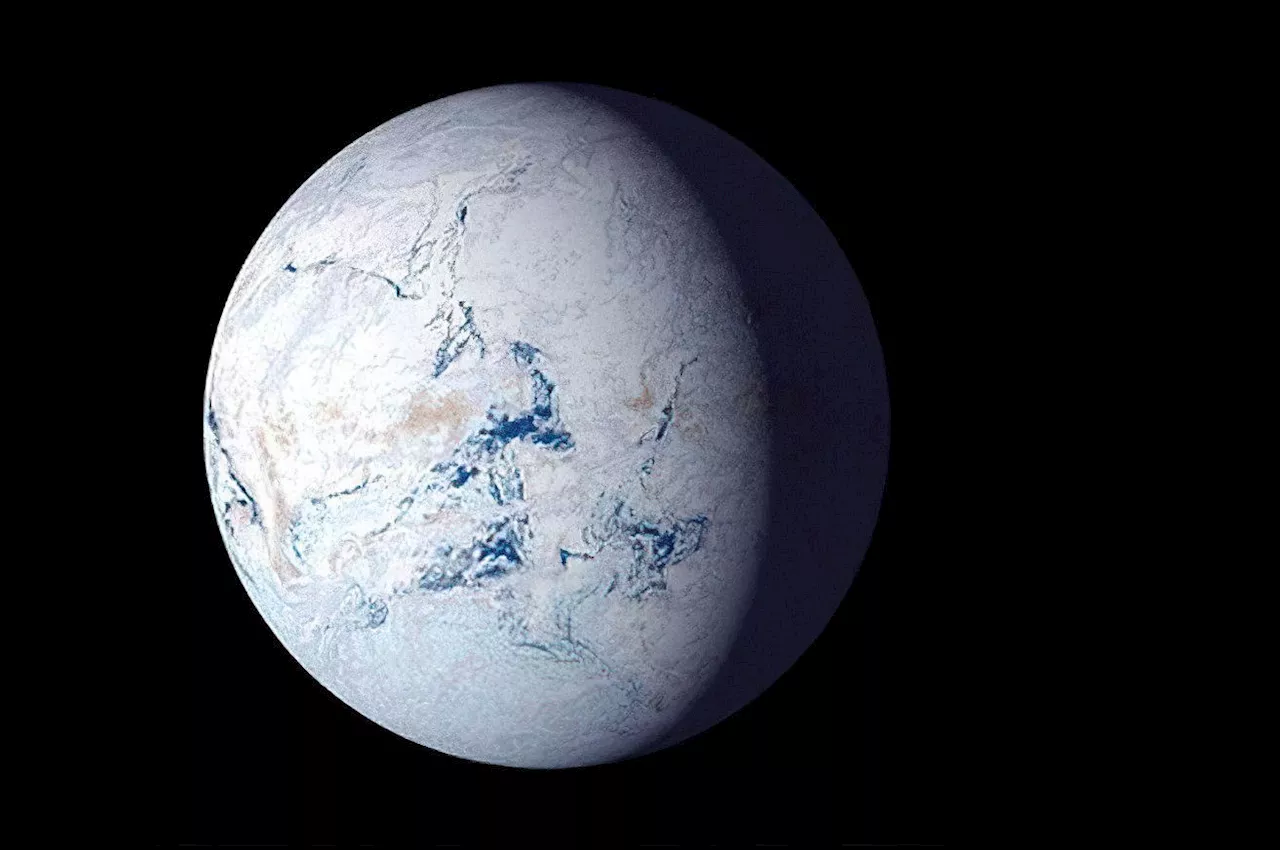Science, Space and Technology News 2024
A study by UCL researchers identifies the Port Askaig Formation in Ireland and Scotland as potentially the most complete geological record of the “snowball Earth” phenomenon, marking a period when the entire planet was encased in ice. This formation, unique for its clear transition from a tropical environment, provides crucial insights into the conditions that may have spurred the development of complex, multicellular life following the planet’s thaw. Artists impression of ‘Snowball Earth’.
An outcrop called ‘the Bubble’ on Eileach an Naoimh . It shows a huge white rock fragment, tens of metres across, which was originally part of the underlying rock sequence. The layering in the carbonate rock has been squeezed tightly under immense pressure and transported by thick ice sheets to its final resting as one of many different rock fragments within a moraine.
Anthony Spencer, co-author of the latest study and of a classic 1971 memoir about the rocks, standing in 2023 on glacial till of the Port Askaig Formation on Garbh Eileach, the largest of the Garvellach islands. Credit: Graham Shield Co-author Anthony Spencer standing on the Garbh Eileach Formation. The rocks record a gradual transition from the warm tropical world of the Tonian period into the snowball Earth of the Cryogenian period. Credit: Elias RugenThe Sturtian glaciation lasted approximately 60 million years and was one of two big freezes that occurred during the Cryogenian Period . For billions of years prior to this period, life consisted only of single-celled organisms and algae.
The advance and retreat of the ice across the planet was thought to have happened relatively quickly, over thousands of years, because of the albedo effect – that is, the more ice there is, the more sunlight is reflected back into space, and vice versa. They analyzed tiny, extremely durable minerals in the rock called zircons. These can be precisely dated as they contain the radioactive element uranium, which converts to lead at a steady rate. The zircons together with other geochemical evidence suggest the rocks were deposited between 662 and 720 million years ago.The researchers said the new age constraints for the rocks may provide the evidence needed for the site to be declared as a marker for the start of the Cryogenian Period.
United States Latest News, United States Headlines
Similar News:You can also read news stories similar to this one that we have collected from other news sources.
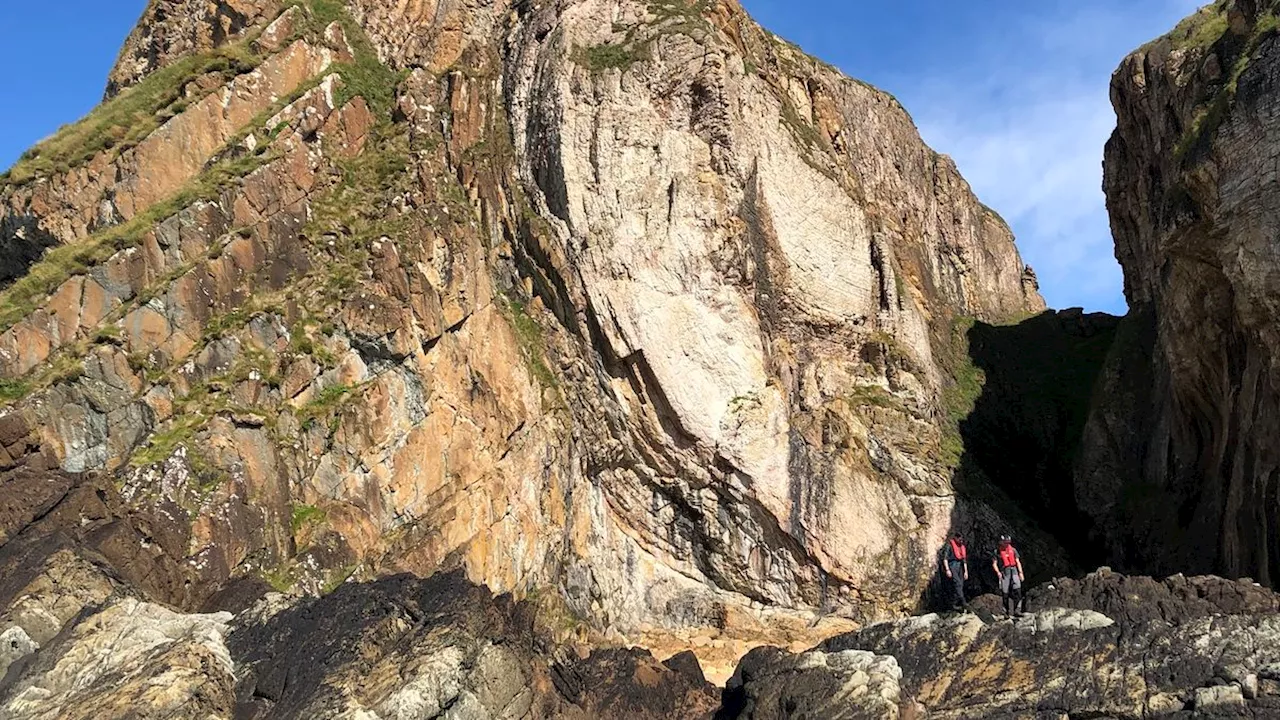 'Golden spike' showing the moment Earth turned into a giant snowball discovered in ancient Scottish rocksHannah Osborne is the planet Earth and animals editor at Live Science. Prior to Live Science, she worked for several years at Newsweek as the science editor. Before this she was science editor at International Business Times U.K. Hannah holds a master's in journalism from Goldsmith's, University of London.
'Golden spike' showing the moment Earth turned into a giant snowball discovered in ancient Scottish rocksHannah Osborne is the planet Earth and animals editor at Live Science. Prior to Live Science, she worked for several years at Newsweek as the science editor. Before this she was science editor at International Business Times U.K. Hannah holds a master's in journalism from Goldsmith's, University of London.
Read more »
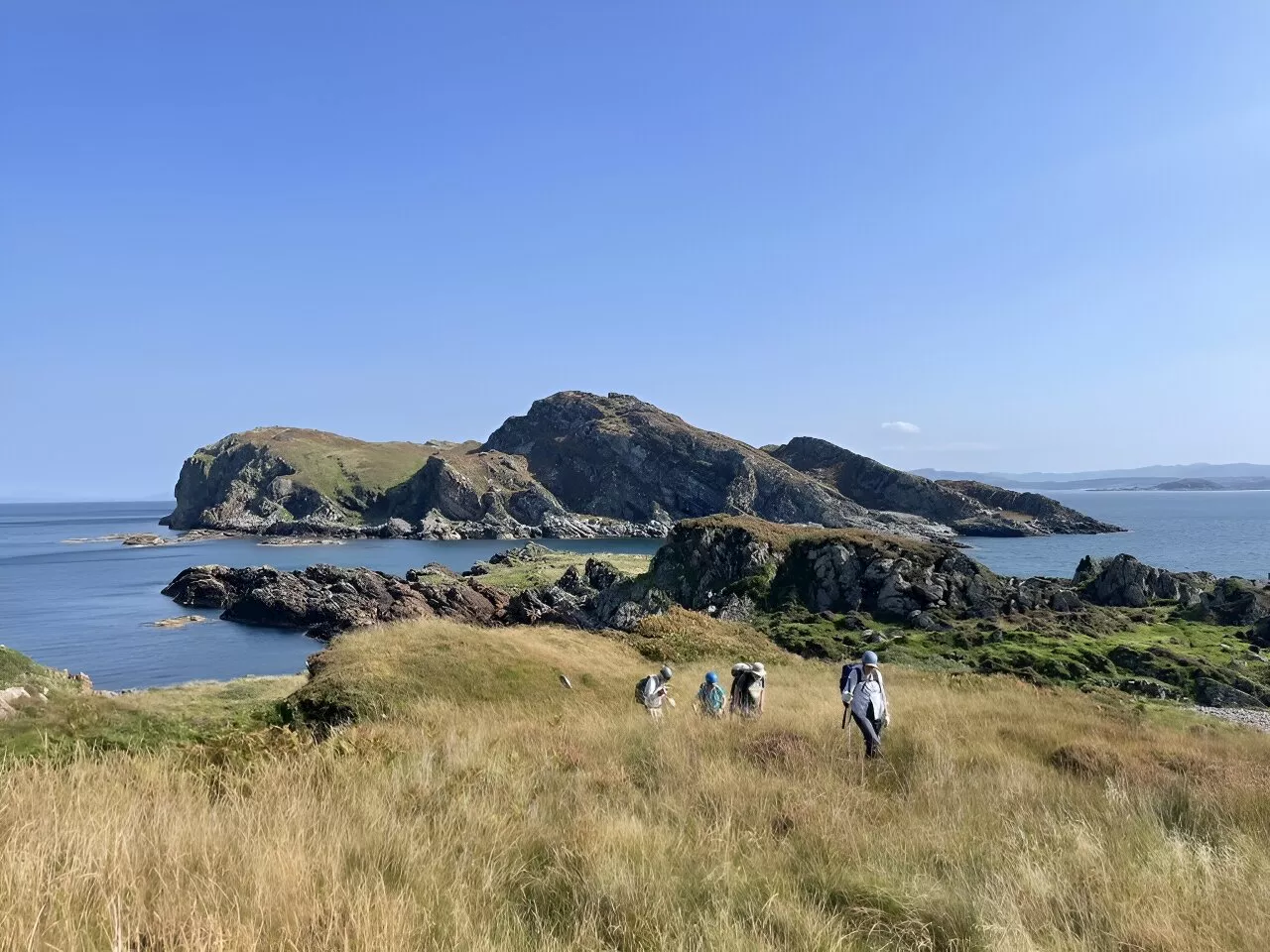 Scottish and Irish rocks confirmed as rare record of 'snowball Earth'A rock formation spanning Ireland and Scotland may be the world's most complete record of 'snowball Earth,' a crucial moment in planetary history when the globe was covered in ice, finds a new study led by UCL (University College London) researchers.
Scottish and Irish rocks confirmed as rare record of 'snowball Earth'A rock formation spanning Ireland and Scotland may be the world's most complete record of 'snowball Earth,' a crucial moment in planetary history when the globe was covered in ice, finds a new study led by UCL (University College London) researchers.
Read more »
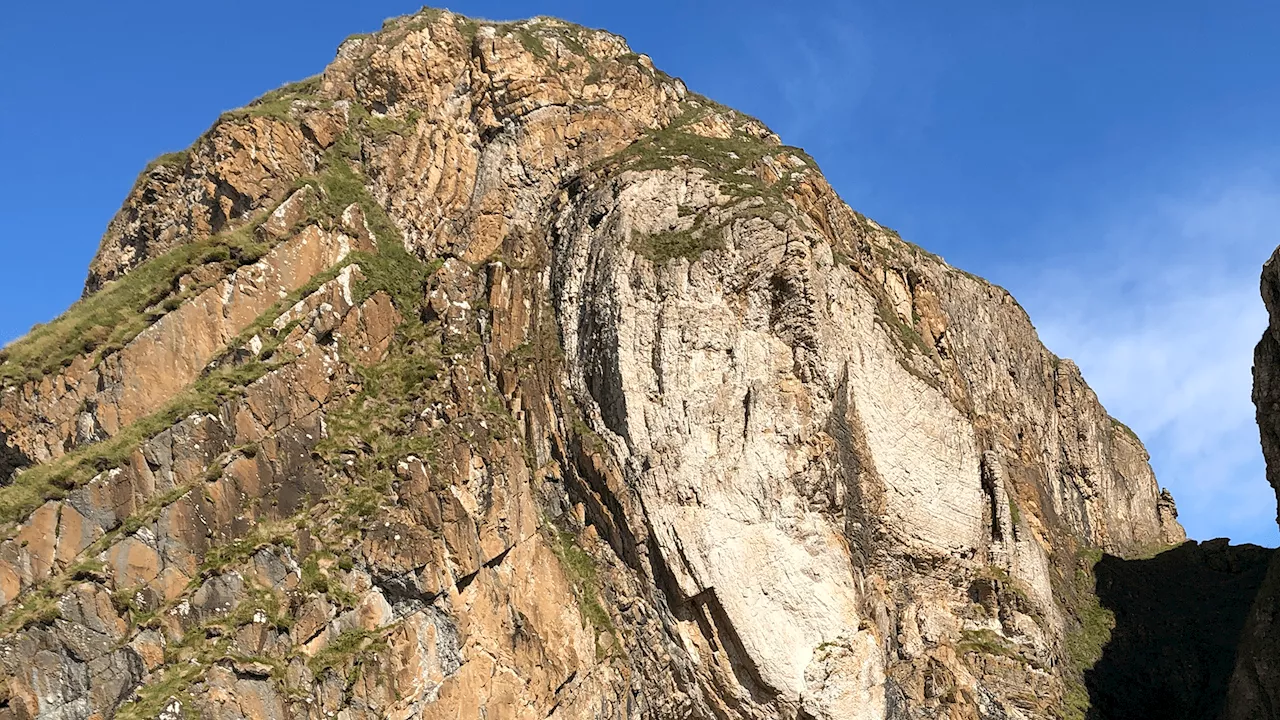 Geologists find solid evidence of ancient ‘snowball Earth’Laura is a science news writer, covering a wide variety of subjects, but she is particularly fascinated by all things aquatic, paleontology, nanotechnology, and exploring how science influences daily life. Laura is a proud former resident of the New Jersey shore, a competitive swimmer, and a fierce defender of the Oxford comma.
Geologists find solid evidence of ancient ‘snowball Earth’Laura is a science news writer, covering a wide variety of subjects, but she is particularly fascinated by all things aquatic, paleontology, nanotechnology, and exploring how science influences daily life. Laura is a proud former resident of the New Jersey shore, a competitive swimmer, and a fierce defender of the Oxford comma.
Read more »
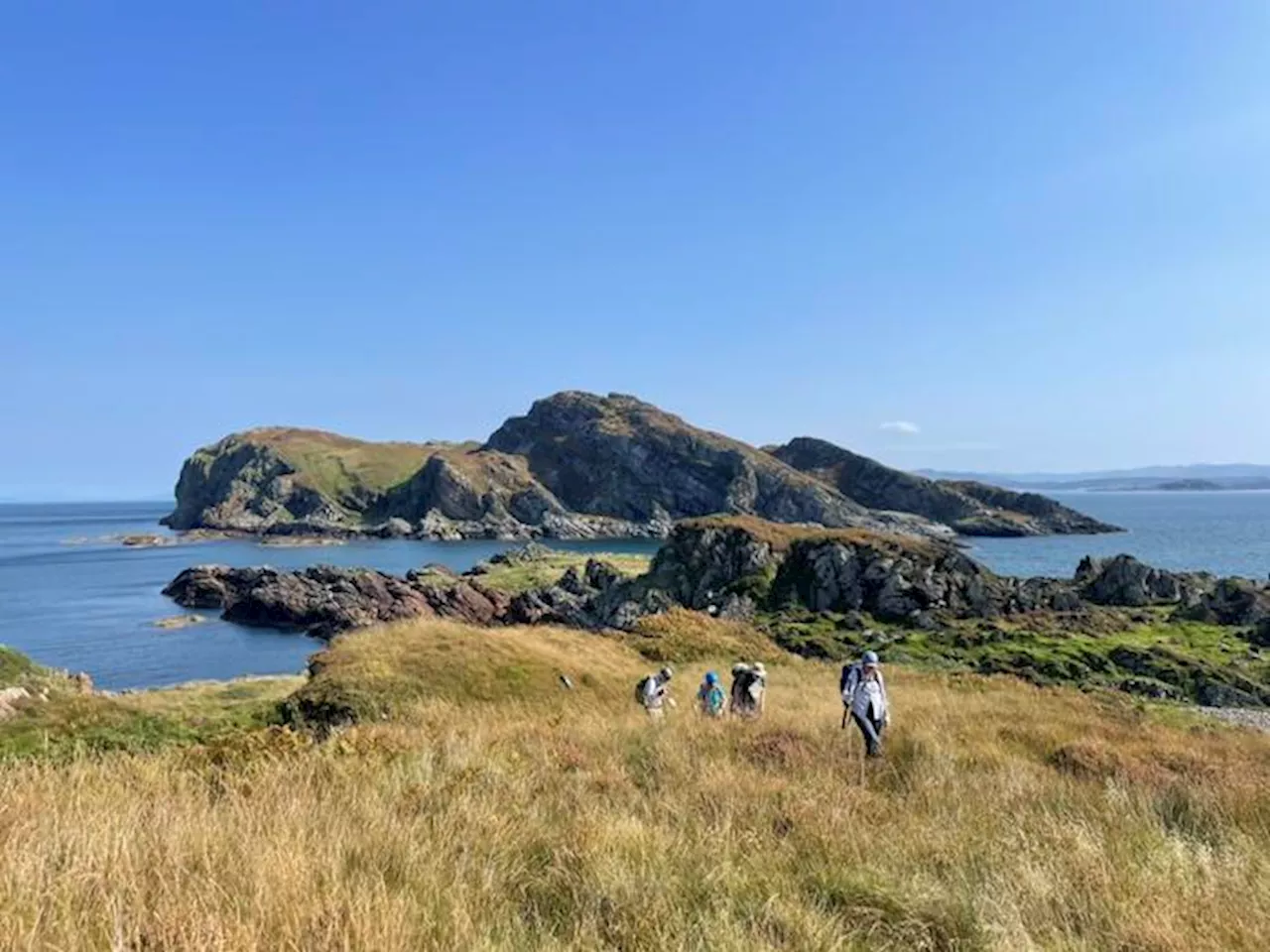 Rare Record of Snowball Earth Confirmed in Scottish and Irish RocksResearchers examine rocks from before and after a major glaciation event called Snowball Earth to describe an evolutionary transition.
Rare Record of Snowball Earth Confirmed in Scottish and Irish RocksResearchers examine rocks from before and after a major glaciation event called Snowball Earth to describe an evolutionary transition.
Read more »
 Earliest record of ‘snowball Earth’ revealed by 720-million-year-old rocksThe Port Askaig Formation reveals evidence of Earth's transition from a warm climate to a frozen snowball during the Sturtian glaciation.
Earliest record of ‘snowball Earth’ revealed by 720-million-year-old rocksThe Port Askaig Formation reveals evidence of Earth's transition from a warm climate to a frozen snowball during the Sturtian glaciation.
Read more »
 Scottish and Irish rocks confirmed as rare record of 'snowball Earth'The study found that the Port Askaig Formation, composed of layers of rock up to 1.1 km thick, was likely laid down between 662 to 720 million years ago during the Sturtian glaciation -- the first of two global freezes thought to have triggered the development of complex, multicellular life.
Scottish and Irish rocks confirmed as rare record of 'snowball Earth'The study found that the Port Askaig Formation, composed of layers of rock up to 1.1 km thick, was likely laid down between 662 to 720 million years ago during the Sturtian glaciation -- the first of two global freezes thought to have triggered the development of complex, multicellular life.
Read more »
